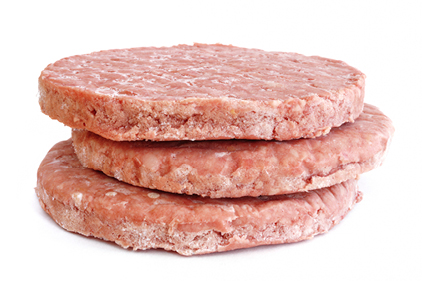If you don’t know for sure now, you may find yourself in a bad situation later.
Looking through the outbreak recalls of the past several years, the product implicated in the large majority of the cases was frozen, non-RTE products. Although frozen ground beef was the most common, the risk extends to all other non-RTE products that are sold frozen or could be frozen by consumers, whether beef, pork, chicken, turkey or veal.
One would expect that a prudent establishment would apply this lesson learned to assess the safety of its own products.
The first and most basic question is whether preparation according to the cooking instructions on the label will ensure the lethality temperature was reached. In assessing the instructions, do not forget cooking on a grill; summertime is here and with it comes outdoor cooking.
The second question is whether the product is designed to reduce risk of undercooking. Physical factors, such as size, weight and shape of the product can significantly impact cooking time. For example, in one study performed by an industry leader, frozen ground beef patties that were 1/2-inch thick cooked to 160ºF in just over 10 minutes; patties that were 3/4-inch thick needed more than 18 minutes to achieve the same temperature.[1]
One individual 3/4-inch thick hamburger took approximately 25 minutes on a flat top grill to reach 160ºF when cooked directly from the frozen state. One should not rely on a consumer to cook a hamburger for 25 minutes, even if instructed to do so by the label. If such a burger contained E. coli O157:H7, Salmonella, or a non-O157 STEC, an illness could have occurred.
Beyond design, there are also production variables which may make the patty harder to cook. Common issues are: (1) formation of air pockets in the patty caused by separation and (2) abnormally dense patties caused by excess mixing during blending.
Finally, FSIS has also taken an interest in frozen, non-RTE products and has been working on a regulatory response. The likelihood of issuance increases with each outbreak linked to frozen products.
So, what do you truly know about your frozen, non-RTE products:
Do the cooking instructions get the job done?
Is the product designed to facilitate cooking?
Are there production issues making the product “harder to cook?”
In the case of frozen, non-RTE products, ignorance is not bliss.
1Siemens, Dr. Angie, Designing a Risk Reduced Ground Beef Patty, Cargill, Inc., 2009 Beef Industry Safety Summit.







